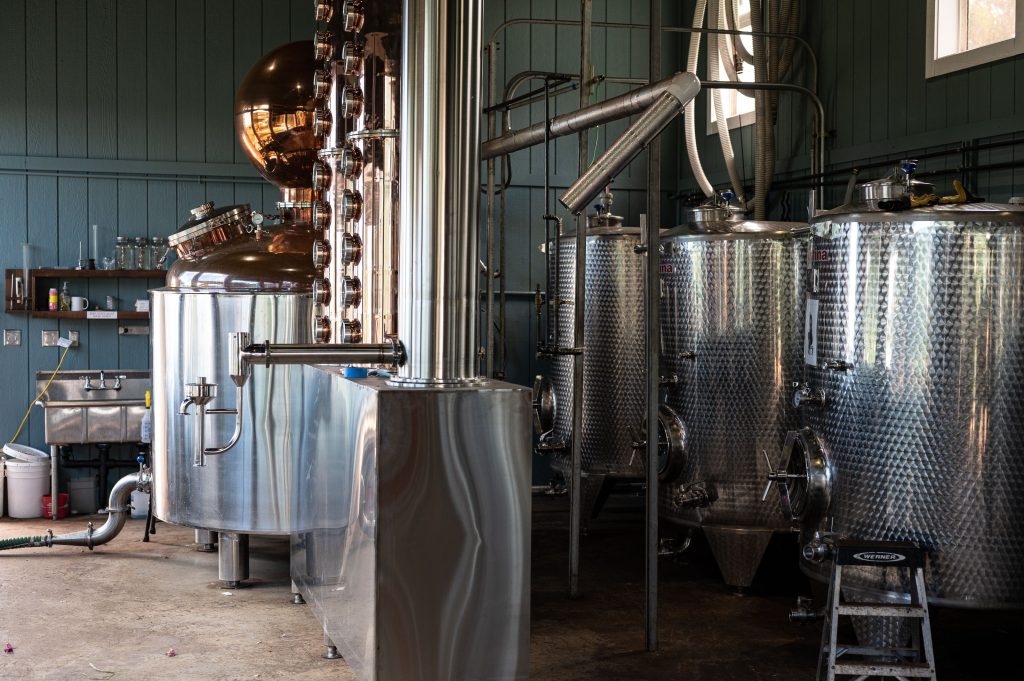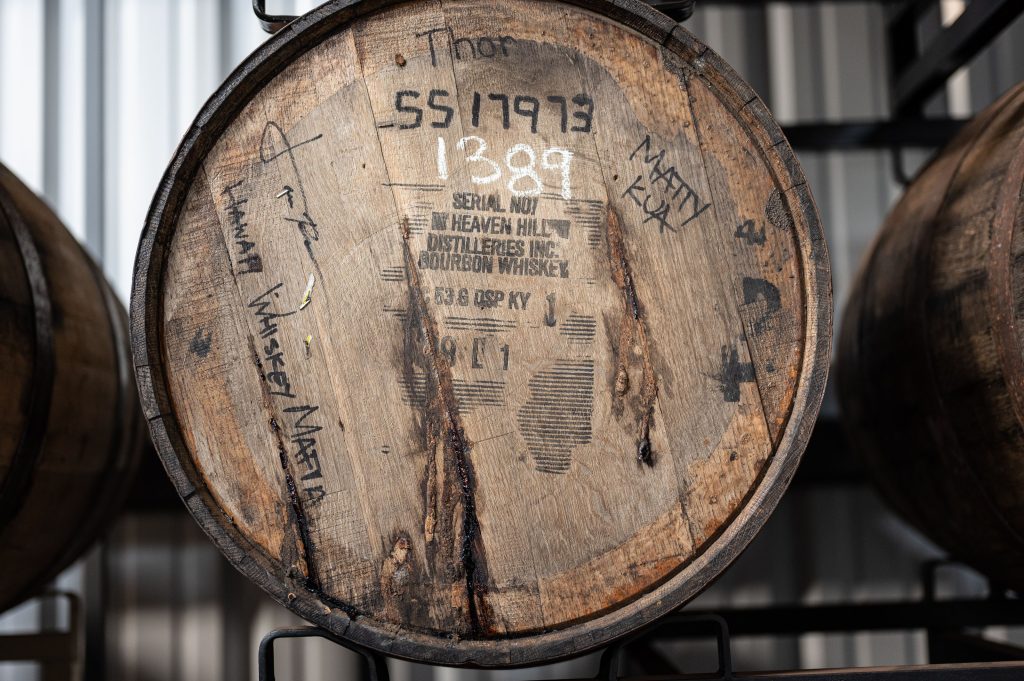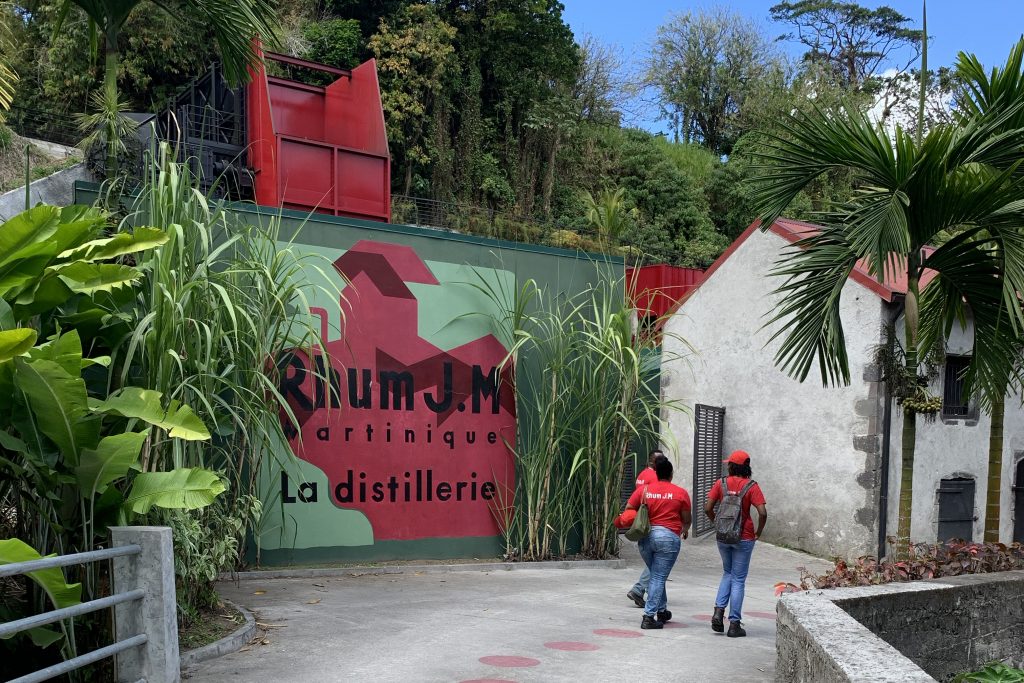The World’s Only Single-Varietal Rum Distillers, Kō Hana, Revive Hawaiian Sugarcane
Field-to-bottle rum crafted with a strong sense of place and history

In 600 CE, Polynesians set sail for the Hawaiian islands on canoes and brought with them select varietals of sugarcane. This was centuries before Christopher Columbus ever got to the New World and spread the crop throughout Europe. Hawaiians valued the plant holistically and medicinally, using its sweet juice to maintain gum and teeth health, relying on its leaves for thatching, and honoring the plant in ancient religious and love ceremonies. It’s a history and concept of sugar that existed long before European contact—a legacy that Kō Hana seeks to celebrate.
One of the world’s only field-to-bottle distilleries and the only rum-makers using Hawaiian noble canes, the O’ahu-based crafters create unique and pure flavored rums that honor the land and the significance of each varietal.

Despite sugarcane’s ancient roots in Hawaii, the crop is no longer produced there in the industrial scale it once was, as the mechanization of mills and rising labor costs forced all of Hawaii’s mills to close. Over time, the abundance of Hawaiian heirloom varietals has grown scarce. “Nobody has grown them for hundreds of years, [but] we only grow those,” says Kō Hana‘s general manager, Kyle Reutner, on our recent visit. “There are 34 of those varietals growing on our property and we think there’s close to 40 at a maximum. All of them have their own flavor, their own growing patterns, their own coloration.”

To date, Kō Hana has revived more than 200 varieties of heirloom sugarcane and plants some in large enough quantities to use them for producing rum. Each year they make several rums from single varietals, and one special edition that blends all of the canes. From the citrusy Kea White Agricole Rum, made from the Manulele varietal, to its lychee and tropical counterpart crafted from Pilimai, the one-of-a-kind distillers offer connoisseurs a rare opportunity to revel in the subtleties that each strain presents.

The idea for Kō Hana took hold in 2009 when co-founders Robert Dawson and Jason Brand learned about the early Polynesian seafarers. From there, they worked with ethnobotanist Dr. Noah Lincoln to find and traverse the lineage of the plants. “All of them were basically gifts from botanical gardens, asking aunties for cuttings from their backyards and finding our way through all of this,” continues Reutner. They began cultivating the crops on their 25-acre farm, which is expected to grow to 340 acres by the end of the year.

To tour their fields, located on a former pineapple plantation now owned by the state that’s used to support local agricultural start ups, is to see how lovingly and intentionally they harvest the plant using minimal to no intervention. Kō Hana relies on perennial grasses that regrow between four to five years and allow the plants to grow after harvesting. “We leave all the leaves and cuttings in the field as wheat mat, and it just pops right back up,” says Reutner. This method is an underlying ethos of the brand which is encompassed in the distillery’s name. He explains, “‘Kō’ is the Hawaiian word for sugarcane and ‘hana’ means work, so Kō Hana means the work of the sugarcane.”

Just as the process on the field allows the sugarcane to thrive on its own, the distillation, which happens alongside the growing fields, lets the plant define the spirit. Aside from cane juice, the only additional ingredients that go into the sealed fermentation tanks are a proprietary yeast developed in Martinique. After 72 hours, it is converted to alcohol in a fully dry and pure expression of sugarcane.

Everything is then rested for a minimum of three months in their modern, upgraded still, replete with an agitator that allows the distillers to experiment with flavors and even other creations (like hand sanitizer, which they made during the pandemic to donate to the state). Be it floral notes, robust textures or tropical finishes, Kō Hana’s innovative distillation teases out each varied and complex layer.

Afterward, the cane juice heads to the barrelhouse, where an array of different woods further allows the brand freedom to experiment. While they primarily use American oak barrels made specifically for them, Kō Hana also employ ex-bourbon, cherry, pinot noir and Koa barrels, which are crafted from endemic Hawaiian hardwood and made on the island. They continually swap or lend them out. As Reutner tells us, “We’ll use our barrels two or three times before they’ll find retirement as a barrel-aged poppy, barrel-aged honey, brewery or whoever may want to trade.” Some lended barrels result in collaborations, like with local makers Manoa Chocolate, who crafted chocolate bars out of beans aged in Kō Hana’s used rum barrels.

The most important part of Kō Hana, Reunter emphasizes, is that everything “must be from here.” This dogma runs throughout the brand’s offerings, including Kila, a cask-strength rum; Koho, a barrel-aged rum; Kea, a white rum; and Kokoleka, an infused rum using local cacao and honey. In every flavor profile, varietal and methodology, Kō Hana imbues their artisanal rums with the spirit of aloha.
If you live in California, you can find Kō Hana at a local retailer. If not, visit Kō Hana to order directly.
Hero image by Josh Rubin












